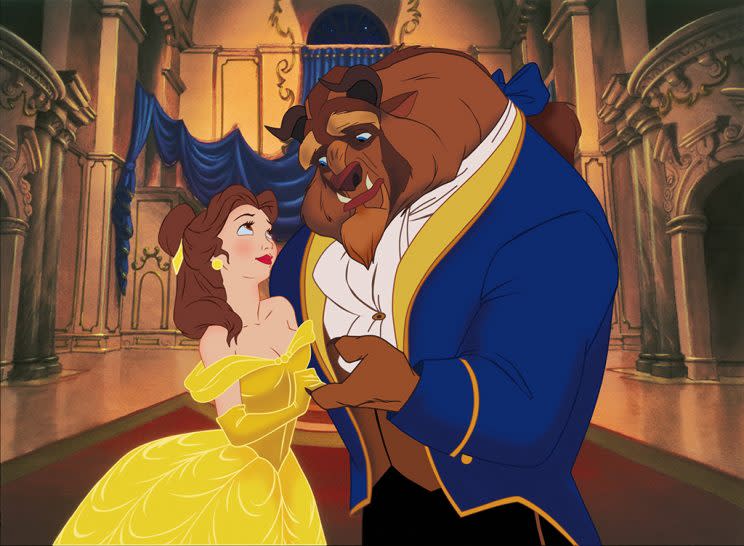Does Belle From 'Beauty and the Beast' Suffer From Stockholm Syndrome? We Asked an Expert.

Is it love or is it Stockholm syndrome? That’s a question that feminist fans of Beauty and the Beast have been wrestling with since the animated film premiered in 1991. While the smart and adventurous Belle is more empowered than previous, more-passive Disney princesses, her love story with the Beast gets off to a problematic start: Before she becomes the Beast’s princess, she is his prisoner, having exchanged her freedom for that of her father. Does Belle actually have free will in this situation? Or is her love for the Beast a symptom of Stockholm syndrome, the phrase put into use by psychiatrist Frank Ochberg to describe the phenomenon of hostages developing feelings of love for their captors?
In promoting the live-action remake of Beauty and the Beast, Disney has painted Belle as a feminist role model, while star Emma Watson has specifically refuted the charge of Stockholm syndrome. To determine once and for all if Belle’s love for the Beast is true as it can be or just pathological, Yahoo Movies asked Ochberg for his professional opinion. And Disney will be pleased with the verdict.
“I think the case for Beauty and the Beast not being Stockholm syndrome is stronger than the case of it being Stockholm syndrome,” Ochberg told Yahoo Movies. He explained that Stockholm syndrome (named for a Swedish hostage situation in the 1970s) requires the captor to “terrorize, traumatize, and infantilize the captive,” and that the captive “goes through a period of feeling that they are going to die.”
“When I’ve interviewed [captives in these situations], they don’t even say, ‘I thought I was going to die,’” said Ochberg, “They say, ‘I knew I was going to die.’”
Unlike Belle, who is confined to the castle grounds, but is otherwise independent, the real-life captives who experience Stockholm syndrome are at first controlled and tormented to the extent that they feel completely helpless. “They can’t talk. They can’t eat. They can’t move. They can’t use a toilet without permission,” said Ochberg. “And then, lo and behold, they can, because the captor grants them permission, in one way or another.” Because the captors are now keeping them alive, the captives begin to feel gratitude and affection for the very people who have put them in this horrible situation. It is Ochberg’s theory of Stockholm syndrome that the captives’ feelings are a primal reaction to being completely dependent on another person, much like infants develop love for their parents. But it shouldn’t be mistaken for real love.

“Stockholm syndrome is a form of trauma bond: an ironic, paradoxical, positive attachment to someone who behaved in ways that were lethal, sadistic, aggressive, but then [they] didn’t kill you,” Ochberg explained.
That doesn’t describe the behavior of the Beast, and certainly, Belle isn’t afraid for her life at any point in either film (except when she’s attacked by wolves and the Beast fights them off). Nor is she ever afraid to be herself around the Beast. In Ochberg’s words, “She isn’t transformed by the Beast — she transforms the beast by having her courage and compassion for her father win out.”
Like many psychology experts, Ochberg believes that the darkness in fairy tales like Beauty and the Beast actually helps children learn to cope with terrible things in the real world. “They are ways of helping our next generation experience something frightening and then prevail. Beauty and the Beast involves the exposure to ugly danger, the monster, and the triumph over evil, and the finding of the good in the evil,” he said. “[Belle is] brave, she’s courageous, she’s an ideal of ours. And it’s a nice heroic story from a feminist point of view.”
To learn more about Frank Ochberg’s work with trauma survivors, visit his websites Gift From Within, The Trust for Trauma Journalism and Dart Center for Journalism and Trauma.
Watch ‘Beauty and the Beast’ Star Emma Watson Reveal How She Was Tricked Into Singing Live on Set:
Read more from Yahoo Movies:


